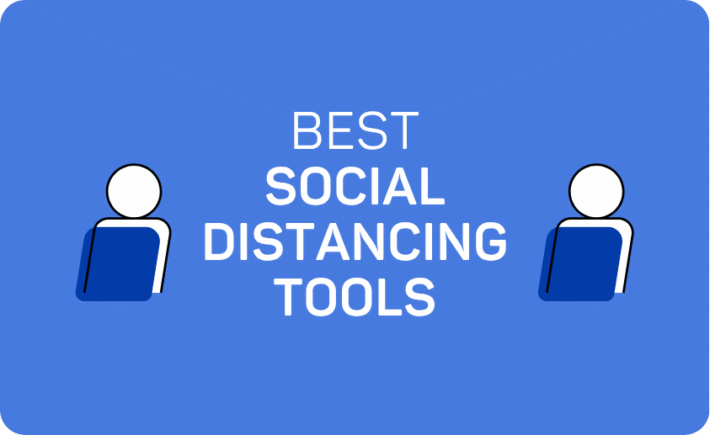Complete Guide to Using Virtual Queues

Long queues can be frustrating for both customers and businesses. That’s where virtual queue systems come in, allowing people to wait in line digitally rather than physically. This not only improves customer experience but also optimizes business operations. In this guide, we’ll explore how virtual queues work, their benefits, and real-world examples like Disneyland and other popular venues.
What is a Virtual Queue?
A virtual queue is a system that allows customers to join a queue digitally, often through a mobile app, kiosk, or website, instead of standing in a physical line. Users receive updates on their position and estimated wait time and are notified when it’s their turn.
How Do Virtual Queues Work?
- Registration: Customers enter the queue via a mobile app, QR code, or website.
- Confirmation: They receive a digital ticket with estimated wait time.
- Real-Time Updates: Customers get notifications and status updates.
- Check-In & Service: When it’s their turn, they are prompted to proceed to the service point.
Benefits of Virtual Queues
1. Enhanced Customer Experience
- Reduces the frustration of long wait times.
- Allows customers to explore nearby attractions, dine, or shop while waiting.
2. Increased Operational Efficiency
- Businesses can manage foot traffic better.
- Reduces congestion at service points, leading to smoother operations.
3. Improved Revenue Opportunities
- Customers waiting in virtual queues are more likely to spend time at other revenue-generating locations.
- Businesses can push targeted promotions while customers wait.
4. Data-Driven Insights
- Businesses can collect data on customer flow and peak hours.
- Helps optimize staff allocation and improve future operations.
Real-World Examples of Virtual Queues in Action
1. Disneyland’s Virtual Queue System
Disneyland is one of the pioneers in implementing virtual queues. With their Disney Genie+ and Lightning Lane services, visitors can reserve access to rides without physically standing in line. Guests book a spot using the Disneyland app, get notified when their turn arrives, and enjoy other attractions in the meantime.
2. Universal Studios’ Virtual Line
Universal Studios also offers virtual queues for select attractions. Guests use the Universal Orlando app to select a ride, get an estimated return time, and are free to enjoy other park activities until their turn arrives.
3. Healthcare Industry
Hospitals and clinics use virtual queue systems to manage patient appointments. Patients check in remotely, receive updates, and are called when the doctor is ready. This eliminates overcrowding in waiting rooms.
4. Retail & Banking
Many retailers and banks allow customers to join a queue virtually, reducing physical crowding and enhancing service speed.
How to Implement a Virtual Queue System
- Choose the Right Platform – Select a virtual queue system that integrates with your business needs, like QueueHub.
- User-Friendly Interface – Ensure customers can easily join and track queues via an app or web interface.
- Real-Time Notifications – Keep customers informed with SMS, push notifications, or emails.
- Optimize Staff Resources – Use queue analytics to allocate staff efficiently.
- Gather Feedback & Improve – Collect customer feedback to refine the system.
Future of Virtual Queues
With advancements in AI and automation, virtual queues will become even smarter, offering predictive wait times and seamless customer experiences. Businesses that implement virtual queueing now will stay ahead in providing efficient service.
Conclusion
Virtual queues are revolutionizing how businesses manage customer wait times. By adopting solutions like QueueHub, companies can enhance customer satisfaction, streamline operations, and boost revenue. Whether you operate a theme park, healthcare facility, or retail store, implementing a virtual queue system is a step towards a smarter, more efficient future.




